Em entrevista exclusiva, o cientista pioneiro na aplicação da Teoria de Gaia fala sobre a importância da cosmovisão indígena e oferece uma solução simples para salvar o planeta das mudanças climáticas: replantar as trilhões de árvores que derrubamos.

Foto de Charlie Hamilton James
Por Paulina Chamorro
Publicado 3 de fev. de 2021 17:00 BRT
Antonio Nobre é um cientista que fala das ciências da terra com amor. Pode parecer estranho ler essas palavras em uma mesma frase, mas, após ouvi-lo, em poucos minutos entendemos que seu ponto de partida é múltiplo e que muito do que a ciência não calcula também entra na equação de Nobre.
Um dos principais precursores da Teoria de Gaia aplicada, Nobre traduziu os rios voadores para a população brasileira e faz da divulgação científica misturada com saberes tradicionais um ato de amor pela natureza.
Em entrevista exclusiva e inédita realizada em outubro de 2020, o agrônomo, mestre em biologia, doutor em ciências da terra, ex-pesquisador do Instituto Nacional de Pesquisas da Amazônia e pesquisador sênior do Instituto Nacional de Pesquisas Espaciais conversa por videoconferência sobre como salvar o planeta.
Há seis anos, Nobre publicou o relatório O Futuro Climático da Amazônia, onde discorreu sobre alguns “segredos da floresta” – como os rios voadores e a bomba biótica, um teoria que ele afirma ter captado os mecanismos que provam que a Terra é um grande organismo vivo. Hoje, junto do grupo Biotic Pump Greening Group, formado por uma equipe multidisciplinar de cientistas e ativistas, defende que, para curar as doenças que afligem o organismo Terra, devemos ‘rejardinar’ o planeta, plantando novamente as trilhões de árvores que derrubamos ao longo dos séculos.
Tudo está relacionado, e Antonio Nobre avisou há tempos.

Foto de Reinaldo Canato/Divulgação FRUTO
Paulina Chamorro, National Geographic: No seu mais recente livro, A vida não é útil, o filósofo, escritor e líder indígena Ailton Krenak fala da Teoria de Gaia e que você é um “continuador dessas especulações sobre diferentes linguagens que o organismo Terra utiliza para se comunicar conosco”. Como as ciências da Terra e a cosmovisão indígena se aproximam para você?
Antonio Nobre: Uma vez eu estava tendo uma conversa com os indígenas, em Manaus, em um evento organizado pelo Instituto Socioambiental (ISA) e outras organizações e a gente estava começando esse diálogo. Eles queriam que a gente falasse sobre a floresta, fotossíntese, carbono porque estava começando essa coisa de vender carbono e de que floresta vale pela massa dela. Quando terminei a apresentação, os indígenas começaram a se manifestar. Tinha alguns bem jovens e um deles pegou o microfone e disse: ‘Cientista acha que sabe muito, cientista não sabe nada. Cientista acha que vê a Terra com satélite lá de fora, mas ele não entende nada do que ele vê. Cientista sabe muito menos do que o sábio indígena’.
Quando ele terminou, eu peguei o microfone e falei: ‘Eu queria dizer o seguinte, 1/16 do sangue que corre na minha veia é de indígena e tem um outro tanto que é de quilombola. Tem uma maior parte que é de branco europeu, como a maior parte dos brasileiros chamados brancos. É uma mistura aqui. Então, eu não gostei de vocês falarem que a gente não sabe nada, porque eu me sinto parente de vocês. Eu estudei ciência, não estudei a ciência indígena, estudei a ciência do branco e eu estou aqui com a disposição da gente conversar, trocar ideias’. E a gente começou a conversar a partir daí, houve um diálogo.
Anos mais tarde, o ISA publicou um livro chamado Manejo do mundo, e eu fiz um capítulo desse livro, contando um pouco dessa história que eu acabei de contar. Nesse capítulo, eu fui estudar um pouquinho do que outro sábio, o Davi Kopenawa Yanomami, tinha falado e, registrado por Bruce Albert, publicado no livro A queda do céu, que é um livro clássico, importante, da sabedoria yanomami, sobre vários assuntos. E eu peguei o que era atinente ao que eu fazia, que era a parte de clima, floresta e fui fazendo uma comparação. Ele falava uma coisa e eu ia buscar o rebatimento daquela coisa fazendo a tradução na ciência. E o que eu vi? Que tudo o que o livro falava era extremamente fundamentada na melhor ciência, sem conhecer nada da ciência do branco. Ele conhecia a ciência que ele chama do saber dos espíritos da floresta. E isso daí foi um exercício que me abriu um campo de progressão. Inclusive, algo que mudou minha carreira de cientista, que era puramente cientista duro, das ciências da natureza, mas que está acostumado a fazer de acordo com a liturgia da ciência.
Eu percebi que a ciência, com todos os seus valores – eu não estou desmerecendo em absoluto a ciência – também tem suas coisas não explicáveis, aquilo que não é alcançado. Tem defeitos também, inclusive em relação à vaidade, ao ego. Tem uma espécie de preconceito contra o saber da natureza, como se o saber tivesse que ser arrancado da natureza usando esmeril, martelo, talhadeira. Então, na minha perspectiva, não era uma postura de recepção, de contemplação ou uma postura filosófica. É uma postura de ir lá, colocar instrumento, medir, olhar imagem de satélite e arrancar da natureza um conhecimento e apresentar para o mundo: ‘Olha o que eu descobri’.
Eu percebi isso. Fiz também uma autocrítica e comecei a ver aquela sabedoria indígena. Uma sabedoria sintética, que é transmitida por fábula, que encanta através da sua poesia porque não é só um saber frio, um saber calculista, é um saber eivado das energias da natureza, eivado da espiritualidade que existe na natureza que eles veem e reverenciam. É uma relação também de filho para mãe, a mãe terra, a mãe natureza. E uma relação de reverência inerente. Ela já é assim, sempre foi. Claro que existem desvios, tem povos indígenas que já não se ligam mais, que foram muito influenciados por essa cultura europeia que veio para cá e que se desenvolveu de forma parcial.
A partir desse momento de reconhecimento da beleza e do poder da simplicidade do conhecimento indígena, eu comecei a reavaliar o meu conhecimento científico pelo viés reducionista, aquele viés cartesiano, racionalista, e perceber também que a sabedoria não é restrita ao intelecto. A sabedoria é uma propriedade do universo. E quando nós – como intelectos ou como seres cognitivos ou conscientes, ou pelo menos que buscam a consciência – começamos a olhar para sabedoria do universo sem colocar o ego na frente, ou seja, como seres contempladores ou contemplativos, a gente percebe a grandiosidade desse saber que já existe na natureza e que, quando nós estudamos e nos inteiramos e absorvemos esse saber, a gente está, na realidade, fazendo um empréstimo. Nós estamos tomando algo pré-existente, já configurado por uma inteligência superior e nos apropriando, nos embebendo daquele saber, daquele conhecimento.
N.G.: Estamos vivendo uma última chance do equilibrio de Gaia?
A.N.: As pessoas não se dão conta de estarem existindo em um mundo de complexidade absurda que está enfermo. E como a gente percebe que ele está enfermo? Febre, calor, frio em alguns lugares. Em 2019, teve dois fenômenos: a Besta do Leste (Beast from the East), uma massa de ar polar do polo Norte deslocada para cima da Rússia que depois chegou na Europa e congelou tudo, até nas pirâmides nevou. E lá no polo norte, que chegou não sei quantos graus Celsius acima do normal. Está ficando tudo confuso, como fica nosso corpo quando está enfermo. A gente tem febre, a gente começa a ter mal-estar, a digestão não funciona direito, dá dor de cabeça. O planeta Terra é vivo, não há mais nenhuma dúvida em relação a isso e nenhuma controvérsia no mundo científico. Finalmente, a teoria de Gaia hoje é uma das teorias mais importantes da história, que descobriu o funcionamento do planeta. O planeta é vivo e hoje nós temos os mecanismos que mostram a fisiologia do planeta, a relação dos ecossistemas – a vida na Terra é responsável pela regulação planetária. Como a vida na Terra está sob ataque intenso e destrutivo, é normal esperar isso. Se você pegar um ser humano e começar a atacar os fígados, os rins, o coração, chega uma hora que o corpo vai, inicialmente, cair enfermo e, depois, morto.
Então, a possibilidade de matarmos Gaia existe, está em curso. Na realidade, nós estamos matando Gaia porque no momento em que todos os ecossistemas da Terra mostram sinais de falência, aumentam as atividades, não só de governos, mas de empresas e indivíduos com motosserra, trator.
Mas, às vezes, o consumo é fabricado também. Eu queria só fazer uma menção ao fato de que o covid-19 é o primeiro freio de arrumação que Gaia está apresentando para essa humanidade, que ficou perdida na sua própria ilusão de grandeza. A covid-19 bloqueou o planeta. E aí, o que nós vamos fazer com isso? A primeira coisa que a covid fez foi mostrar que era mentira que a gente não pode frear o ‘desenvolvimento’ ou a economia. Mentira. A gente freou este ano [2020]. Morreram pessoas? Muitas morreram, muitas ficaram enfermas, muitas perderam emprego e, não obstante, não acabou a humanidade, nem acabou a civilização. Agora, temos a oportunidade de aprender a lição com a covid sobre o que os povos indígenas, há 500 anos, e os cientistas, há 30 anos, vem berrando e dizendo: ‘Está errado, esta forma de existir na Terra é enferma e ela vai matar a todos, não só os humanos, todos os seres’. Uma grande extinção já está em curso.
Concluindo, a situação do planeta Terra é de um ser enfermo. Não por acaso veio uma enfermidade para, de certa forma, produzir uma certa imunidade para a Terra. Então, a covid é como se fosse um anticorpo contra o agente infeccioso. Quem é o agente infeccioso? A mentalidade humana, não o ser humano. Nós somos surgidos da natureza, mas a nossa mentalidade é que nos colocou nessa posição de antagonismo com a vida que nos dá suporte e é, de certa forma, ou, de forma total, suicida. Se você destrói o que te mantém vivo, você morre. É suicídio se você faz isso por deliberação, que é o que a humanidade tem feito. Por deliberação, está indo lá destruir a floresta Amazônica, destruir o Pantanal. Agora, eu fiquei sabendo, em volta da Ilha de Galápagos, uma frota de barcos chineses arrasta tudo que tem de vida marítima lá.
N.G.: Queria que contasse sobre a regulação biótica do ambiente, que é como a Teoria de Gaia passou a ser reconhecida. Que caminhos são esses? E como chegamos aos rios voadores da Amazônia?
A.N.: Victor Gorshkov e Anastassia Makarieva já tinham publicado – e foi assim que eu os conheci – um livro chamado Regulação Biótica do Ambiente em um período em que [a teoria de] Gaia estava sendo controversa no meio científico, principalmente pelo rechaço que os neodarwinistas faziam a Gaia desde o começo. Fizeram oposição cerrada, ridicularizaram Gaia. E o James Lovelock e a Lynn Margulis – quando lançaram a teoria de Gaia, hipótese de Gaia na época, nos anos 1970 – lançaram como uma ideia, como o Copérnico lançou a ideia de que a Terra girava em volta do Sol e não o Sol em volta da Terra. Mas eles não mostraram muitos mecanismos. Mais tarde, o James Lovelock começou a mostrar alguns mecanismos de como a vida regularia o clima da Terra. Mas, ainda assim, ficou a noção do Copérnico, que eles constataram que a Terra era um sistema autorregulado. James Lovelock trabalhou com a Nasa nas primeiras tentativas de mandar sondas para outros planetas, Marte e Vênus. Ele entendeu que a Terra é um lugar muito especial, que os nossos dois vizinhos são lugares especiais ao seu modo, mas Vênus é superquente e Marte é superfrio. Não tem condição nenhuma de vida nesses lugares e a Terra é este lugar extraordinário. Então, eles perceberam, a Terra é viva, é essa a explicação. A Terra é viva. Mas sem mostrar os mecanismos. Lá nos anos 1990, Victor Gorshkov e outros autores construíram a teoria da regulação biótica do ambiente, que eu chamo de Gaia 2.0. Por quê? Você sabe, os russos não vão ao banheiro sem escrever uma equação, eles são muito quantitativos. No caso, eram dois físicos de partícula teóricos. Tudo é equação. É como se fosse Newton ou Einstein: eles tinham essa visão quantitativa e teórica da ciência, entraram nesse campo do sistema terrestre, ou ciência de Gaia, e lançaram esse livro. Saiu em 2000, eu comprei o livro, li e falei: ‘Mataram a charada!’ Essas pessoas vieram e mostraram o que James Lovelock e Margulis não tinham mostrado: os mecanismos com as equações em baixo. Eles demonstraram Gaia – sem falar o nome Gaia porque eles não usam essa expressão, mas regulação biótica do ambiente.
Naquela época, não podia falar Gaia. ‘Ah esse cara deve ser religioso, muita perseguição mesmo.’ ‘Herege, está do lado de uma teoria que não tem nenhum fundamento.’ Muitos biólogos fizeram esse papel, por incrível que possa parecer, porque biólogo é quem estuda a vida. Como é que pode quem estuda a vida ter sido o pior inimigo da teoria que dizia que a Terra é viva? Foram eles que a descarrilaram por, praticamente, 40 anos. Recentemente, um deles começou a voltar, porque agora já tantos estão informando que Gaia é real. Eles começaram a voltar e falar: ‘Não, não, eu acho que Gaia pode mesmo, pode ser darwinizada e não sei o que’. Mas tardiamente. Bom, melhor tarde do que nunca.
Eu entrei em contato com [Victor Gorshkov e Anastassia Makarieva] e depois a gente começou a trabalhar juntos.
Essa interação com os russos progrediu quando eu estava trabalhando no Programa de Grande Escala da Biosfera-Atmosfera na Amazônia (LBA), um projeto que juntou gente de três continentes. América Latina – principalmente os brasileiros, mas não só –, América do Norte – com o pessoal via Nasa – e Europa, muitas instituições, universidades, centenas. Na realidade, acho que chegou, em algum momento, a mais de mil cientistas. Eu estava trabalhando na Amazônia, estudando tudo aquilo e, nessa época, montei a primeira torre de fluxo na Amazônia, em 1995. Depois, montei a primeira torre de longo prazo, que está funcionando até hoje, perto de Manaus, em 1998. E depois ajudei a construir esse projeto. A gente estava observando o que a floresta estava fazendo e eu comecei a fazer essas indagações, os mistérios da Amazônia que eu conto lá no meu relatório de 2014. As indagações eram: Como a floresta subsiste? Essa foi uma ponderação que eu fiz. Como a floresta subsiste aos cataclismos planetários, aos cataclismos que atingem Gaia e continua existindo? Ela tem que ter uma capacidade extraordinária. E eu propus isto, que ela teria a capacidade de puxar a umidade do oceano para dentro do continente.
Nessa época eu tinha lido a Regulação biótica do ambiente, do Gorshkov e da Makarieva, e eu entrei em contato com eles e começamos a colaborar. Isso foi em 2004. Aí, eles pegaram as ideias e a gente interagiu muito em cima do que eles já estavam fazendo. Eles já estavam trabalhando com essa noção de que a floresta controla a atmosfera, e eu trouxe a vivência e os dados da Amazônia e essa hipótese. Dois anos depois, eles apresentaram a teoria da bomba biótica. Basicamente, eles botaram as equações e mostraram de que forma as florestas são capazes de gerar sua própria chuva. Isso era o contrário da crença dos meteorologistas da época – eles achavam que tinha floresta na banda equatorial porque chovia na banda equatorial. A teoria da bomba biótica demonstrou que chovia na banda equatorial por conta das florestas. Se você tirar a floresta, acaba a chuva.
Já tem 16 anos que a gente trabalha em colaboração. Publicamos muitos trabalhos mostrando os mecanismos da bomba biótica de umidade até o ponto de perceber que a forma mais efetiva de lidar com as mudanças climáticas é parar de emitir gases poluentes – CO2, metano, óxido nitroso, todos os gases que ajudam a aquecer o planeta. É uma condição básica, mas a gente descobriu isso na nossa pesquisa.
A forma necessária, indispensável, para regular o planeta é restaurar os ecossistemas da Terra, porque foram os ecossistemas da Terra que mantiveram e que geraram este ambiente confortável, este clima amigável que tem o planeta. Não existe nenhum outro corpo celeste conhecido com condições semelhantes e a única explicação que nós temos aqui é a vida. Então, o que tem que se fazer? Restaurar a vida na Terra, restaurar. Tem um outro nome para isso, em inglês se chama rewilding, wild de selvagem, re de reconstruir o selvagem, reconstruir a natureza. Nos últimos 200 anos, a humanidade desmatou e matou três trilhões de árvores grandes. Três trilhões, ou seja, metade do que a Terra tinha. Então, você imagina um pinguço cortando metade do fígado fora, o fígado que processa o álcool. Foi o que a gente fez. A gente cortou metade das florestas do mundo e é por isso que o aquecimento global está acelerando. Também por conta da poluição, mas não é só a poluição, o principal é a destruição dos órgãos que mantém o planeta funcional e amigável.
Concluindo: esse processo na ciência é muito lento. Veja o caso de Gaia. Em 1974 saiu o livro do Lovelock e da Lynn Margulis e depois foi controversa, controversa, controversa e só começou a virar uma unanimidade agora em 2017, em 2018 – 40 anos a gente perdeu no processo. E a gente não tem mais esse tempo. Claro que a teoria da bomba biótica também foi controversa, mas não tanto quanto a hipótese de Gaia. Já tem muita gente aceitando, mas tem uma banda de meteorologistas que odeiam a teoria, acha que está errada porque a gente mostrou algumas inconsistências na ciência deles. Está atrasando, não está chegando. Então o que a gente resolveu fazer? O mesmo que a gente fez com os rios voadores. Os rios voadores eram uma coisa meio borderline, meio lateral, que existia desde 1992. Dois americanos, acho que são irmãos, descreveram um aeroriver para explicar um fenômeno de uma inundação na Califórnia, mas depois ficou meio pegando poeira nos escaninhos da ciência. Em 2004, o José Marengo testou os jatos de baixos níveis, as monções da América do Sul, que explicavam mais ou menos o transporte de umidade da Amazônia para cá [São Paulo]. Antes disso, em 1979, o professor Dr. Enéas Salati já tinha sugerido uma ligação entre a floresta Amazônica e o Sul, Sudeste do Brasil, mas ficou nisso.
Aí eu encontrei o Gérard Moss, que é aviador, e a Margi Moss, esposa dele. Eles eram empreendedores, tinham feito o projeto Brasil das Águas com um hidroavião – eles pousaram com um hidroavião em todos os rios e lagos do Brasil pegando amostra e mandando para limnólogos. Eu dei a ideia para o Gérard: ‘Por que você não segue os rios de vapor na Amazônia?’. Ele pegou a ideia e depois convidamos cientistas – o Carlos Nobre, o José Marengo, o professor Salate. Fizemos um grupo e montamos o projeto Rios Voadores. Esse projeto trabalhou muito a comunicação. Em 2008, saiu uma reportagem no Fantástico. Em 2009, na BBC, um documentário belíssimo. Em 2010, eu dei uma palestra no TED e aí a coisa se tornou extremamente sexy, atraente, capturou a imaginação das pessoas antes de ser uma unanimidade científica. Mas a ciência veio atrás, ocorreu uma retro-fertilização. De 2012 para frente, vários artigos saíram na Science, na Nature sobre os rios aéreos da Amazônia. Hoje já é um termo consolidado.
N.G.: Sobre o grupo da bomba biótica, como é esse projeto e quanto tempo temos?
A.N.: Esse grupo, o Biotic Pump Greening Group, a gente formou, principalmente, com cientistas, mas não só. É um grupo internacional e a nossa proposta é estudar sistemas de Gaia e entender como é que funciona. E um dos lugares que nós mais nos aprofundamos nesse entendimento é a Amazônia. Como a América do Sul foi aquinhoada com esse berço esplêndido? Por que a Amazônia é o que é, como é? Por que ela tem uma capacidade de lidar por mais de 50 milhões de anos com os cataclismos planetários? Nesse período de 50 milhões de anos, a Terra passou por meteoros, passou por aquecimento e resfriamento, teve as glaciações, os oceanos mudaram as correntezas, as correntezas atmosféricas, e a Amazônia aguentou firme. Estudando isso, nós chegamos a desenvolver – eu fui um dos que ajudou os dois colegas russos a desenvolver – a teoria da bomba biótica.
Demorou 70 anos para ser demonstrada a teoria da migração dos continentes e hoje é matéria básica para qualquer geólogo, não tem um geólogo que não sabe que tem deriva de continente, mas demorou 70 anos. Gaia, 40 anos. Bomba biótica nós não temos nem mais um ano, já está acabando o planeta. Nós estamos em condição terminal de enfermidade para a Gaia, por isso as mudanças climáticas. A reação que nós temos que ter é uma reação exponencial, uma reação de multiplicação, além da geométrica, e a humanidade tem capacidade, eu tenho certeza que sim. Sabe por quê? Porque em agosto do ano passado, isso só para dar um exemplo, o povo de um país na África Oriental chamado Etiópia plantou 353 milhões de árvores em 12 horas. É um país que tem 109 milhões de habitantes, ou seja, seria equivalente a cada habitante plantar três mudas de árvore. E a China, nos últimos 25 anos, plantou uma área de floresta equivalente ao que o Brasil destruiu nos últimos 40, 800 mil km².
Claro, tem problemas, não vingou tudo, a mesma coisa da Etiópia, várias vão morrer. Mas o fato de que a gente, como humanidade, consegue. Se a gente se colocar, são sete bilhões de seres com capacidade cognitiva e capacidade de mudar o mundo a ponto de gerar uma nova era geológica, chamada antropoceno. O ser humano, essa cultura que tomou o planeta, essa tal de civilização tecnológica, tem, hoje, a mesma competência que as eras geológicas de milhões de anos do passado tinham para mudar o planeta, só que no sentido destrutivo. Nós estamos propondo com esse grupo que nós somos capazes de replantar Gaia, usando uma expressão cunhada por uma amiga e ativista, a Suprabha Seshan, da Índia. Ela é do Gurukula Botanical Sanctuary, que fica em Kerala, na parte ocidental da Índia e faz o resgate de floresta. E ela chama assim: ‘Nós temos que rejardinar a biosfera’. Esse conceito transmite tudo que é: uma horticultura ecológica.
Nós precisamos fazer um trabalho, e nos é facultado fazer esse trabalho por conta de uma tecnologia absolutamente fantástica da natureza chamada semente. As pessoas falam ‘ah semente’, claro, você come no seu cereal todo dia. Mas a semente é um milagre tecnológico – se você olhar por qualquer ângulo, se você pegar uma semente e estudá-la, entender o que tem dentro de uma semente, como ela funciona. Pegaram um sarcófago do Egito, acharam com 3 mil anos de idade, tinha sementes dentro, plantaram e germinou. Imagina um carro parado 3 mil anos, você chegar lá e tentar dar partida no carro. Nada. Na verdade, não vai ser um carro, vai ser uma ruína. Uma estrutura que tem alguma coisa viva dentro dela, tem um embrião vivo, durar 3 mil anos e você botar na terra com água, sol e germinar. Eles germinaram uma palmeira que está extinta na natureza, que estava nas sementes lá dentro do sarcófago. Essa tecnologia nós não temos, é a tecnologia de Gaia. Gaia já passou por muitos cataclismos e não existe um ser vivo que não tenha um propágulo de reprodução. Os fungos têm os esporos, as bactérias têm os cistos, os animais têm ovos e desenvolvimento como nós, que somos fetos, as árvores. E isso está tudo na nossa mão. Por que a Etiópia foi lá e plantou 353 milhões de árvores?
Eu fiz uma conta usando a mesma taxa de plantio que a Etiópia fez. Se a humanidade inteira fizer – claro que tem gente que não vai poder plantar, que vive em lugares gelados –, mas fazendo as coisas de maneira generosa, em dois meses nós plantamos um trilhão de árvores no planeta inteiro. Dois meses. Então, por que não está ao alcance? Está ao alcance dessa humanidade. E a gente ainda [pode] usar a tecnologia para acelerar, para plantar em lugares que hoje não são apropriados para o plantio de árvores, como os desertos, por exemplo. Com a teoria da bomba biótica, a gente está mostrando que é possível porque a natureza fez isso ao longo de milhões de anos. Nós podemos acelerar o processo, a gente sabe como, porque a gente aprendeu nos ecossistemas que hoje funcionam, ou que funcionavam, e estão sendo destruídos agora.
Em sumário, esse grupo Biotic Pump Greening Group é a nossa resposta e a nossa proposta para a união. Nós não queremos fazer uma coisa que só nós sabemos. A gente quer compartilhar, a gente quer juntar, a gente quer unir, puxar todas as capacidades e competências, que não são poucas, que tem na Terra, inclusive, e especialmente, as dos indígenas. Porque eles têm uma capacidade de síntese que nos remete a matemática, que é elegância. A demonstração de um teorema em poucas linhas é visto pelos matemáticos como uma demonstração elegante. E não é elegante da moda, nem elegante da frivolidade, é elegância genuína do poder da simplicidade, como E=mc² do Einstein. Uma equação simples e que dá conta de processos grandiosos. Isso eu vejo na sabedoria indígena. Toda essa complexidade que eu estou falando aqui, intelectivamente, dos sistemas vivos, dos mecanismos, das maquinarias, os indígenas têm uma competência em sintetizar em uma frase, em uma sabedoria que é potente, é autoexplicativa e que muitas vezes usa conceitos da fábula e, portanto, captura a imaginação das pessoas, o cérebro direito, a narrativa, a contação de história. Ali, embutido naquela semente de sabedoria, tem toda essa complexidade que eu, aqui do meu lado da ciência reducionista, estou cavando na terra que nem um tatu, como disse Davi Kopenawa. Todo esse conhecimento detalhista, minucioso, com microscópio, é empacotado em uma frase, com sabedoria, com poesia. Não que seja inútil, ao contrário. A gente pode com ela esmiuçar, cavar como um tatu, essa potência da simplicidade e da elegância que os indígenas têm ao descrever como funciona Gaia, ao descrever como funciona a vida, não só Gaia. Como funciona também a cultura, uma cultura que não é divorciada da mãe Terra, da mãe corpo, ela é integrada, ela tem uma relação de amizade, não de oponência, de guerra, de luta, mas, ao contrário, de amizade, de embrace, de abraçar. E essa conexão é urgente e indispensável porque, se eu pegar toda a nossa sabedoria teórica ou prática ou tecnológica ou de engenharia e tentar resolver o problema da Terra, como muitos estão propondo – geoengenharia, de jogar poeira lá na estratosfera para esfriar o planeta, botar um espelho no espaço, jogar ferro no oceano para fertilizar as algas –, tudo isso é loucura, é distopia pura. Vai levar a gente a destruir mais rápido o resto que ainda sobra da parte viva de Gaia por estar entrando em conflagração com a complexidade de funcionamento, de estrutura.
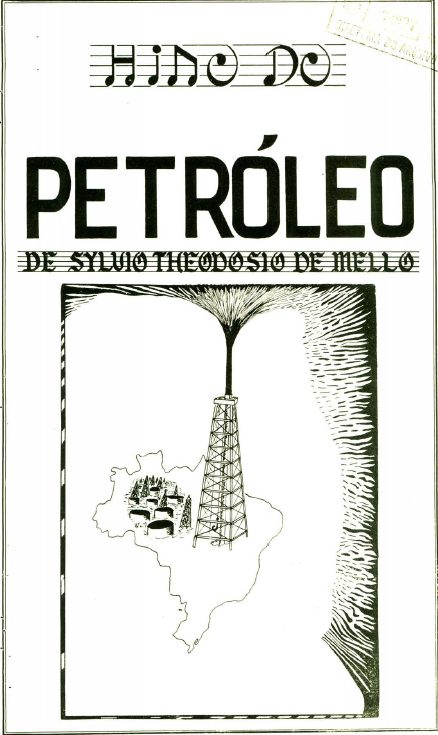





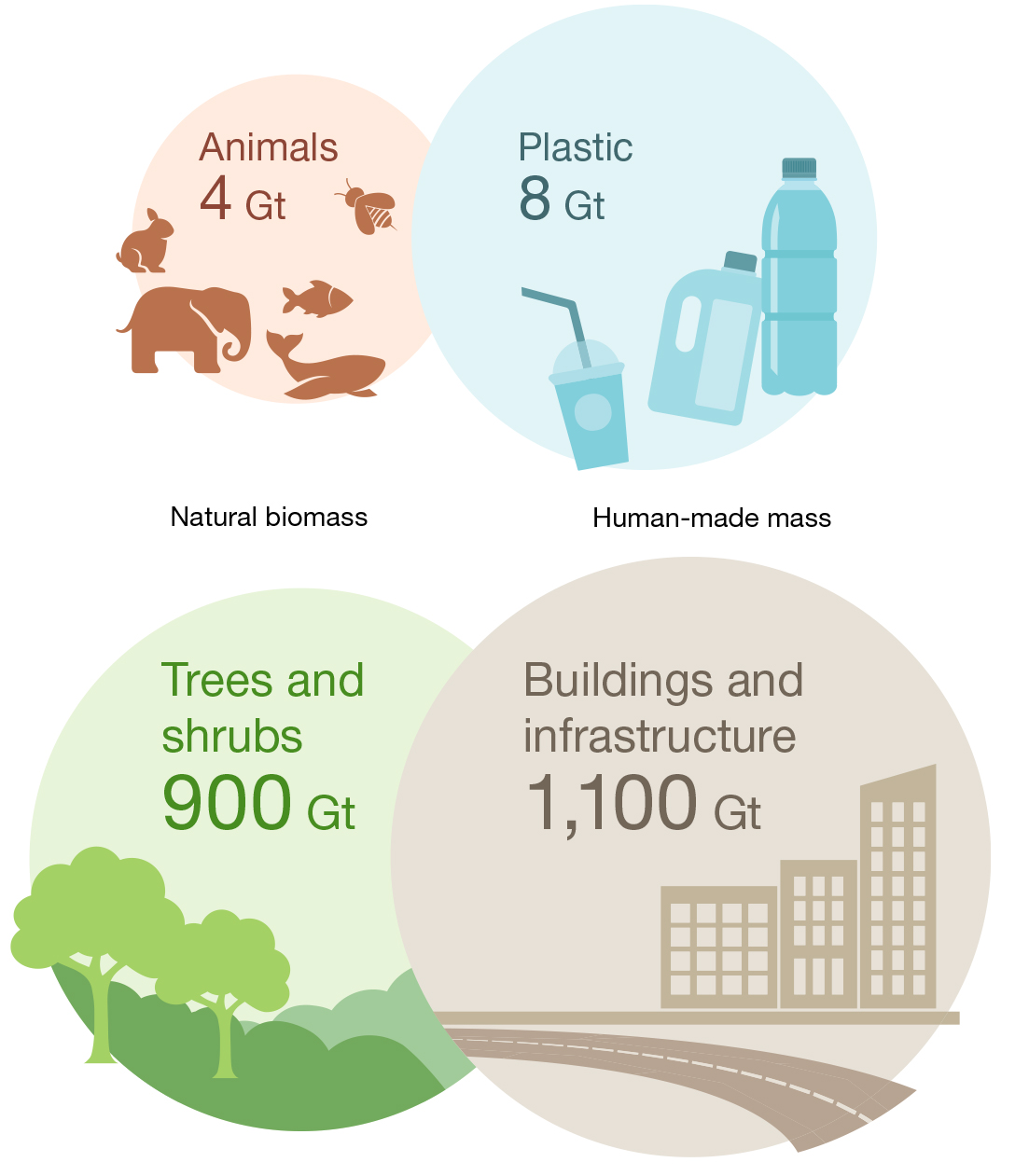 Key components of dry biomass and anthropogenic mass in the year 2020. (Elhacham et al., Nature, 2020)
Key components of dry biomass and anthropogenic mass in the year 2020. (Elhacham et al., Nature, 2020)










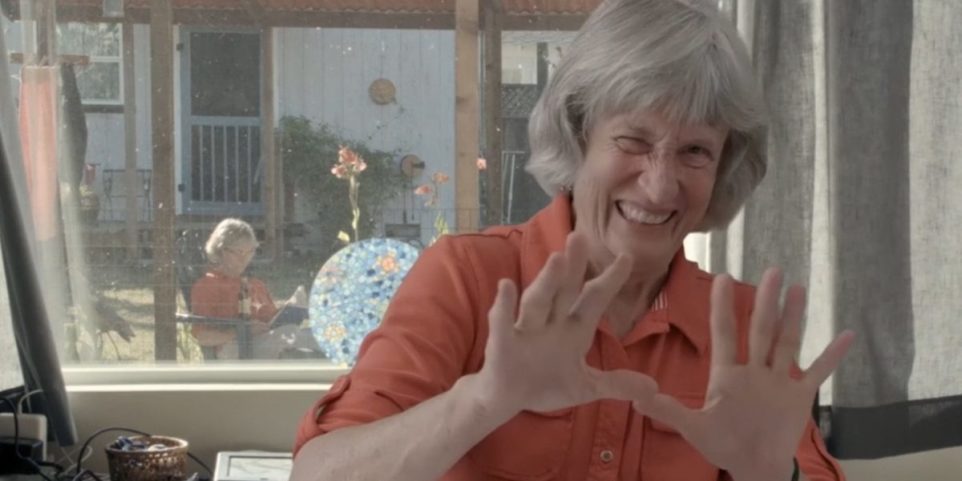

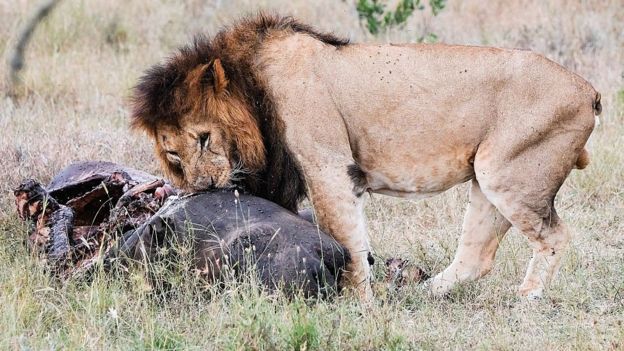















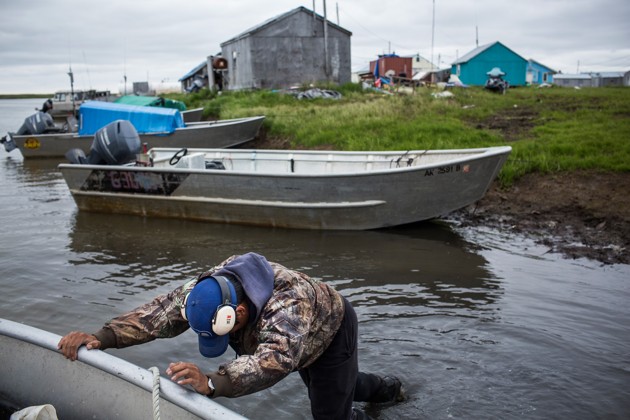
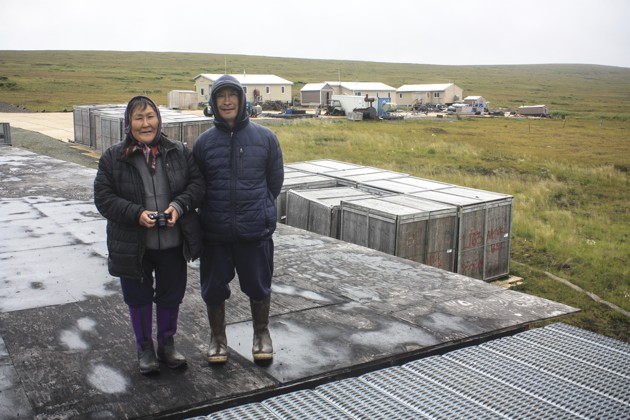
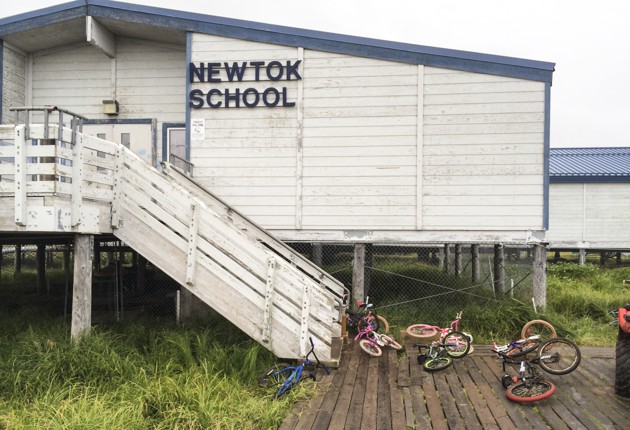



 (Waters 1992) and
(Waters 1992) and  (Dincauze 2000). The archaeological record incorporates not only stratigraphic data, but also proxy records. These records contributed to much larger paleoclimate and paleoenvironmental studies, including publications in general science literature like Science, Nature, and Proceedings of the National Academy of Sciences (Sandweiss and Kelley 2012:372; see also the 2013 article in Nature,
(Dincauze 2000). The archaeological record incorporates not only stratigraphic data, but also proxy records. These records contributed to much larger paleoclimate and paleoenvironmental studies, including publications in general science literature like Science, Nature, and Proceedings of the National Academy of Sciences (Sandweiss and Kelley 2012:372; see also the 2013 article in Nature, 






Você precisa fazer login para comentar.